Art and architecture collide in Antony Gormley's exhibition at Hong Kong's White Cube gallery
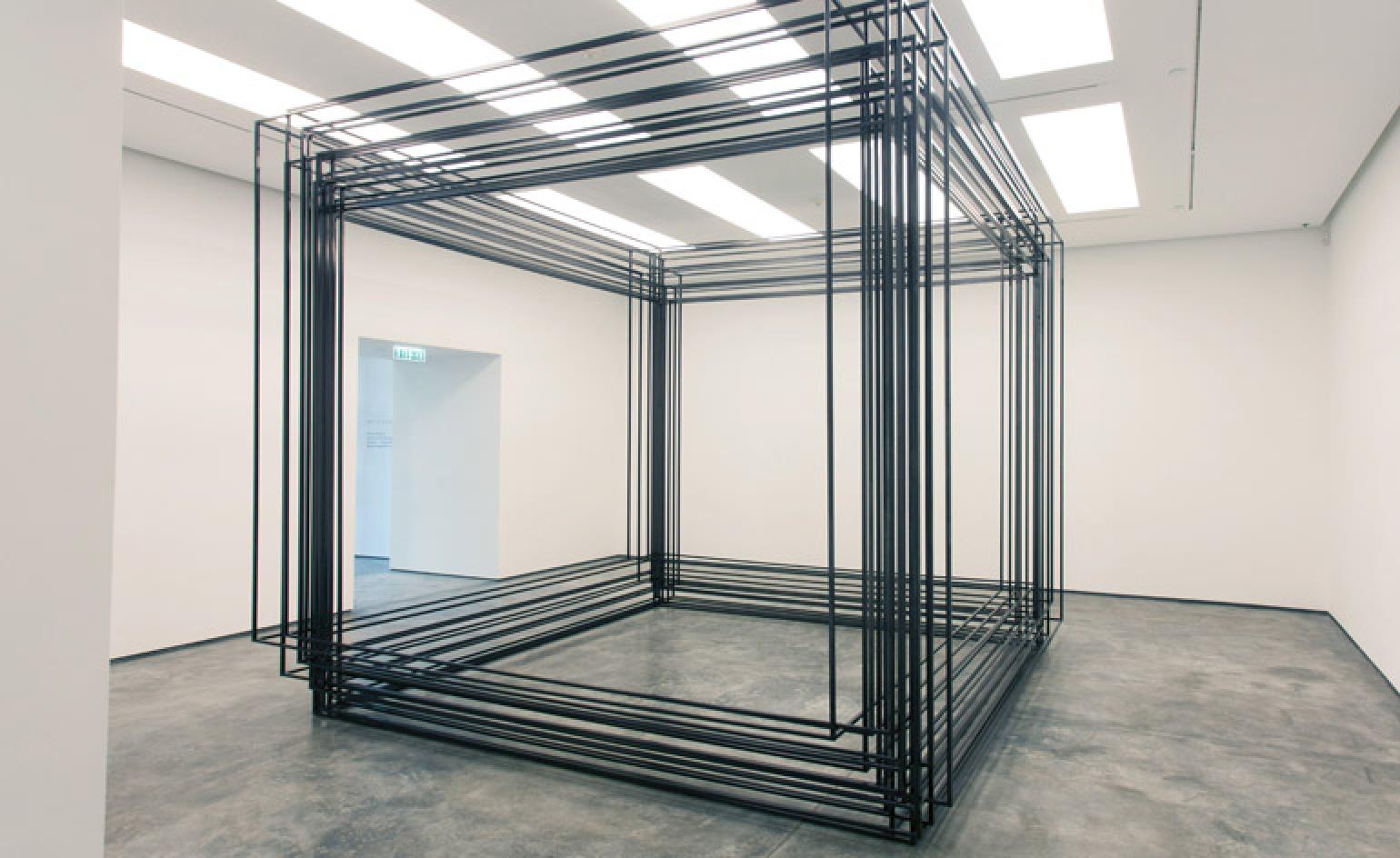
British sculptor Antony Gormley's latest exhibition at Hong Kong's White Cube gallery is a continuation of the artist's lifelong investigation of spatial awareness using his trademark abstract iron and steel sculptures to transform an exhibition space into a 'psychic and physiological testing ground.'
'It is,' he stresses, 'the opposite of putting objects of high aesthetic value in a shop and then asking people to take them home. It is instead about turning the space into a reflective experience so they can then go out onto the street and look at the environment in a different way.'
The eleven works arranged throughout the gallery, including stairways and passages, include smaller standalone sculptures like 'Gut XIII', a disconcertingly unstable 'blockwork' that evokes the architectural metaphor of the body as a building, and 'Ease', an enormous iron sculpture designed to obstruct the gallery entrance. The standout piece is undoubtedly 'Murmur,' a multiple 'space-frame' that fills the entire ground floor space channeling viewers into a narrow passage between the walls and the frame's central void.
'I think that art has to return us to our inner selves. We must think about the body less as an object that can be sexualized or idealized and more as a place, a location, a condition,' says Gormley.
The artist credits Hong Kong as the inspiration for the exhibition.
'It is a very good place to think about the human habitat. Why has our species chosen to concentrate itself in these high density environments and what does that tell us about our relationship to our fellow man?'
Gormley, who has visited the city frequently over the past decade, is fascinated by the juxtaposition of the city's extreme built environment and untouched nature, elements he says are reflected in six new works created specially for the show. Of these, 'Place II', an ethereal human form created from slender stainless steel bars and presented in the gallery's private viewing room, certainly captures Hong Kong's unique urban dichotomy.
Gormley recommends viewing the works away from the crowds that usually flock to gallery openings.
'In my view openings are the best way to ignore art. The whole principle is to use the show as a space and if there are bodies all over the place it won't work as well. It is the viewer's movement through the coordinates of the space of the gallery that is the real subject. It is what is happening within the viewer, not the objects in the gallery.'

'Ease', 2012.Courtesy of White Cube
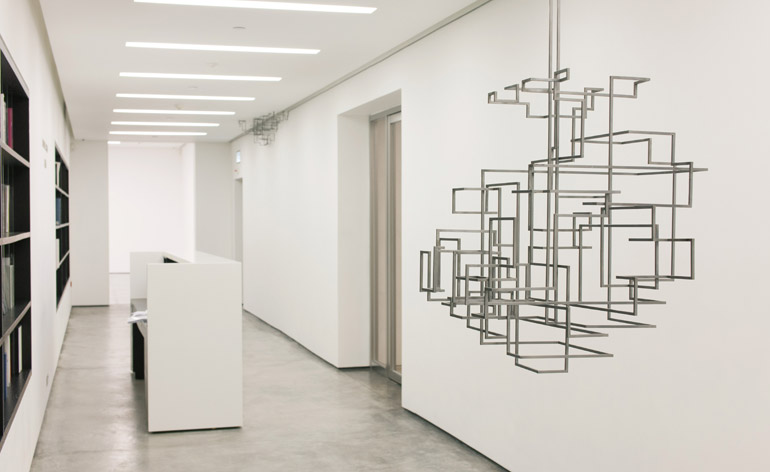
'Secure', 2012.Courtesy of White Cube
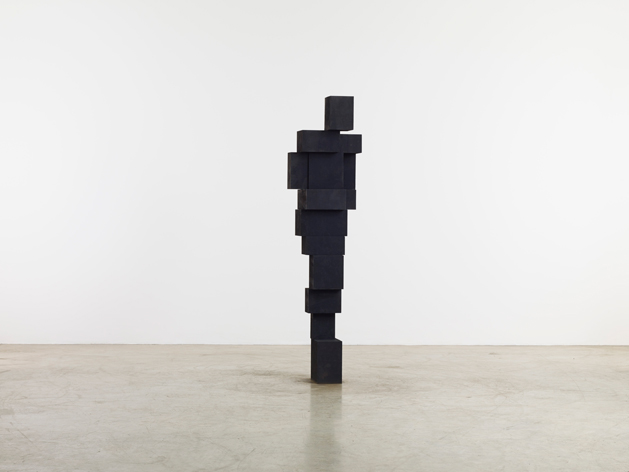
'Gut XIII', 2013.© Antony Gormley
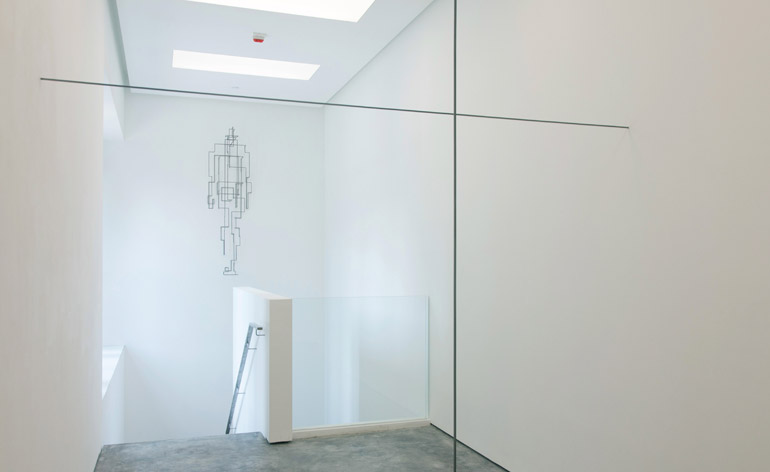
In the background is 'Strain II', 2011, while the work in the foreground is 'Co-ordinate', 2014. Courtesy of White Cube
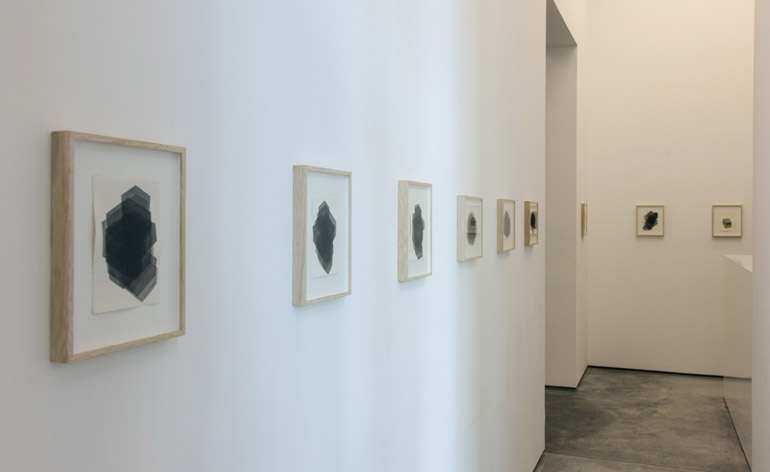
A series of drawings from 2014. Courtesy of White Cube
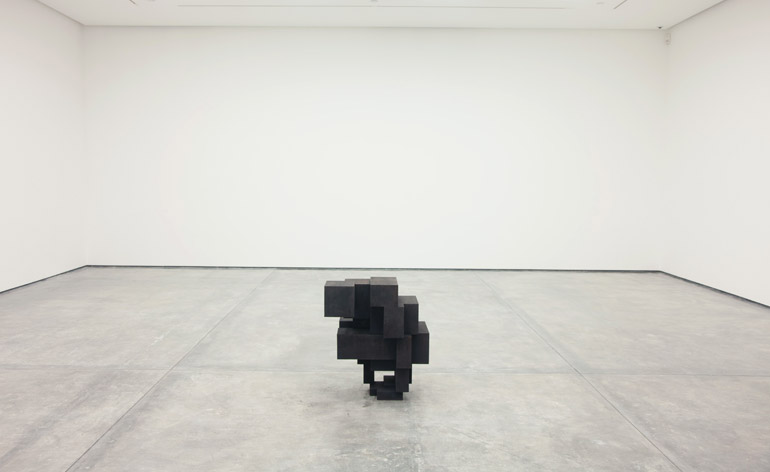
'Form', 2013.Courtesy of White Cube
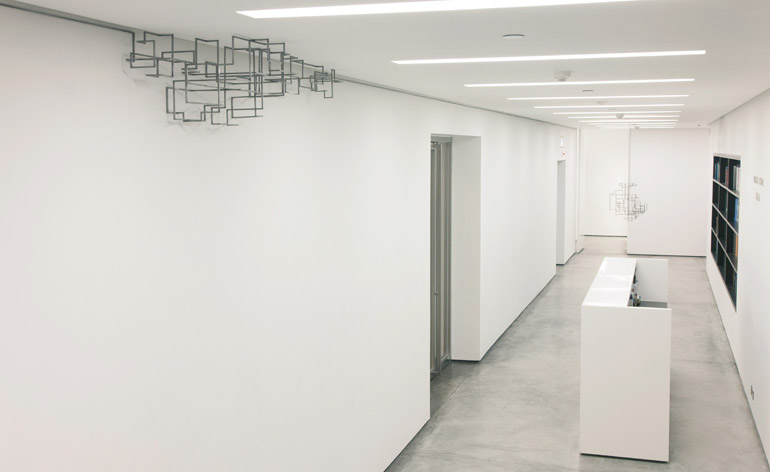
'Transfer', 2011.Courtesy of White Cube
ADDRESS
White Cube Hong Kong
50 Connaught Road Central
Hong Kong
Receive our daily digest of inspiration, escapism and design stories from around the world direct to your inbox.
Catherine Shaw is a writer, editor and consultant specialising in architecture and design. She has written and contributed to over ten books, including award-winning monographs on art collector and designer Alan Chan, and on architect William Lim's Asian design philosophy. She has also authored books on architect André Fu, on Turkish interior designer Zeynep Fadıllıoğlu, and on Beijing-based OPEN Architecture's most significant cultural projects across China.
-
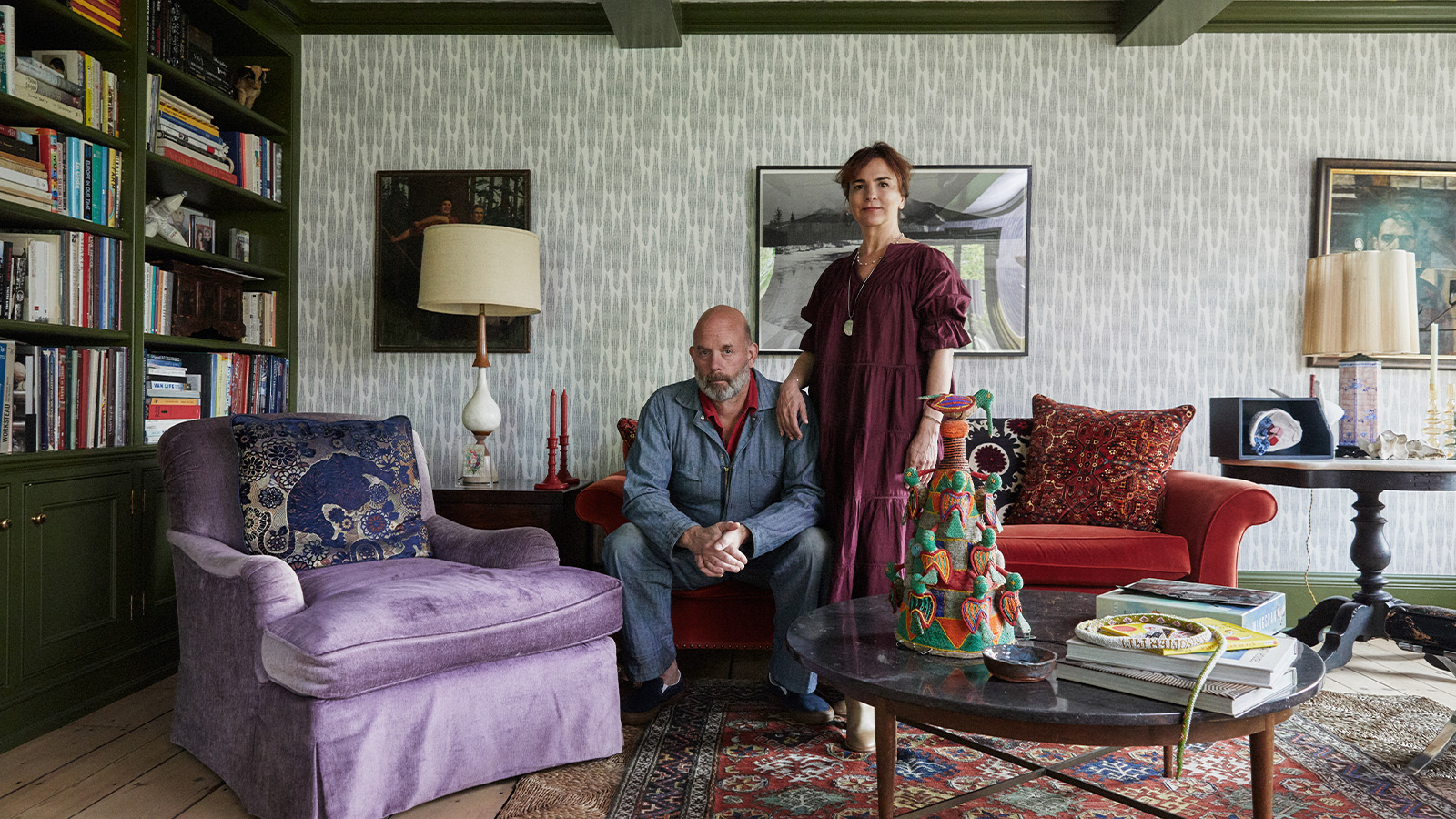 How We Host: Interior designer Heide Hendricks shows us how to throw the ultimate farmhouse fête
How We Host: Interior designer Heide Hendricks shows us how to throw the ultimate farmhouse fêteThe designer, one half of the American design firm Hendricks Churchill, delves into the art of entertaining – from pasta to playlists
-
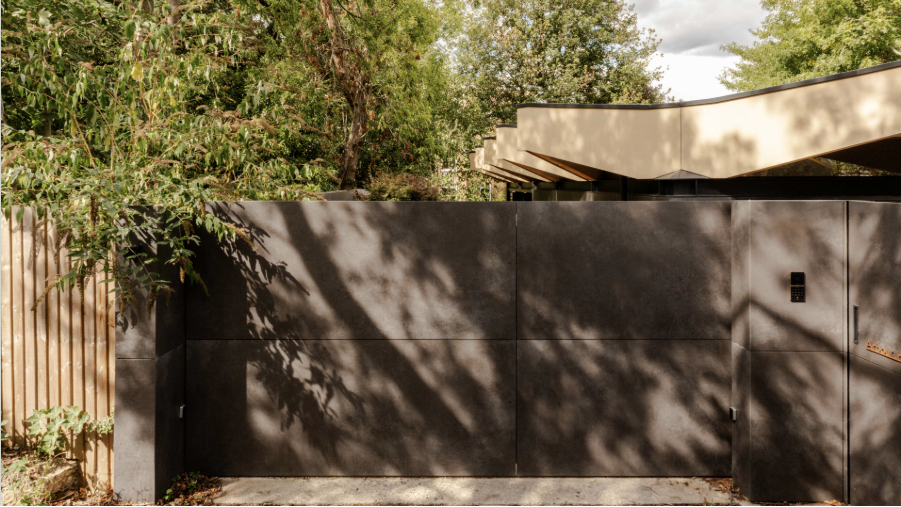 Arbour House is a north London home that lies low but punches high
Arbour House is a north London home that lies low but punches highArbour House by Andrei Saltykov is a low-lying Crouch End home with a striking roof structure that sets it apart
-
 25 of the best beauty launches of 2025, from transformative skincare to offbeat scents
25 of the best beauty launches of 2025, from transformative skincare to offbeat scentsWallpaper* beauty editor Mary Cleary selects her beauty highlights of the year, spanning skincare, fragrance, hair and body care, make-up and wellness
-
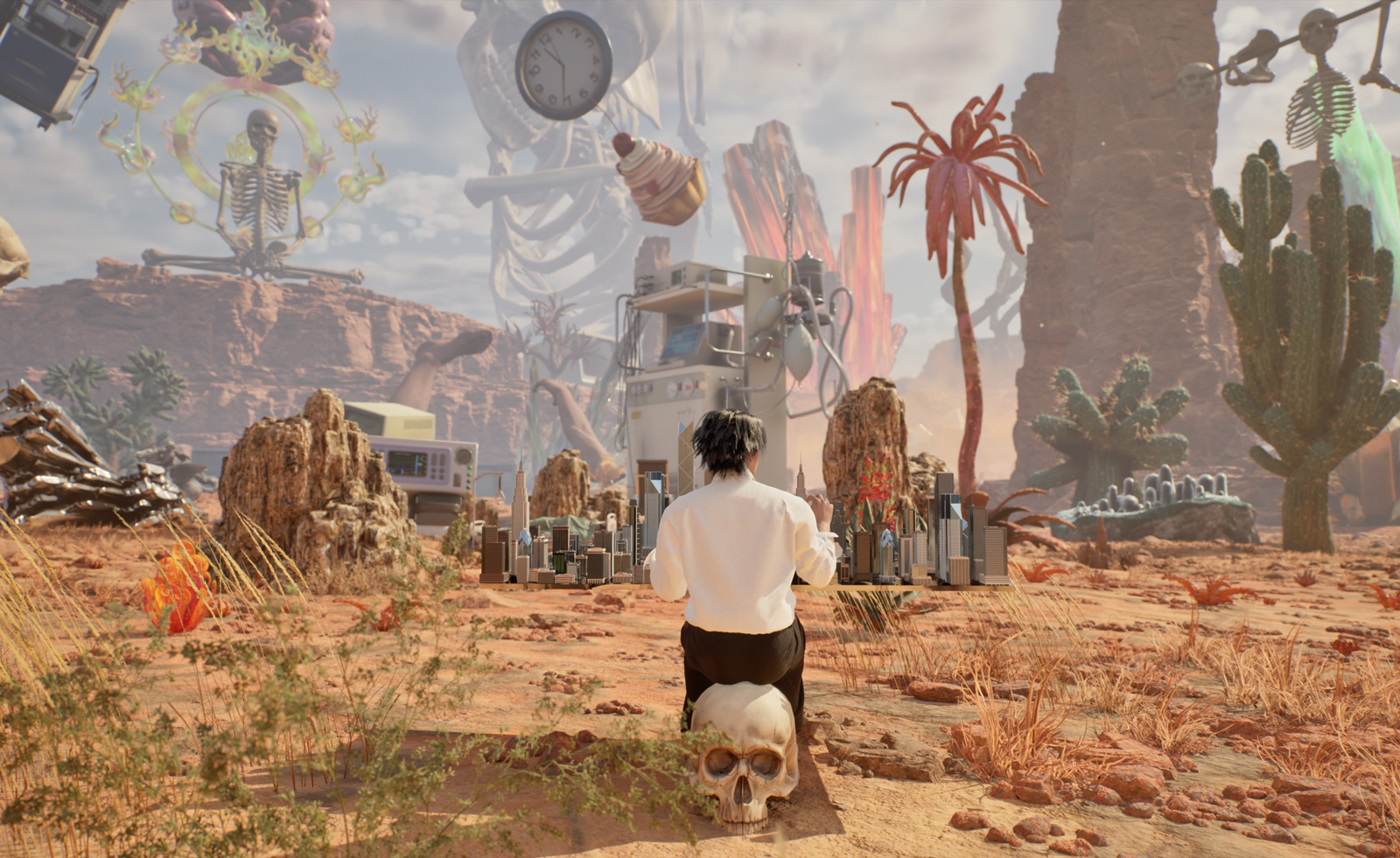 Don’t miss these five artists at Art Basel Hong Kong
Don’t miss these five artists at Art Basel Hong KongArt Basel Hong Kong – the glittering intersection of European curatorial expertise and Asia's money-fuelled art swagger – returns for its 2025 edition
-
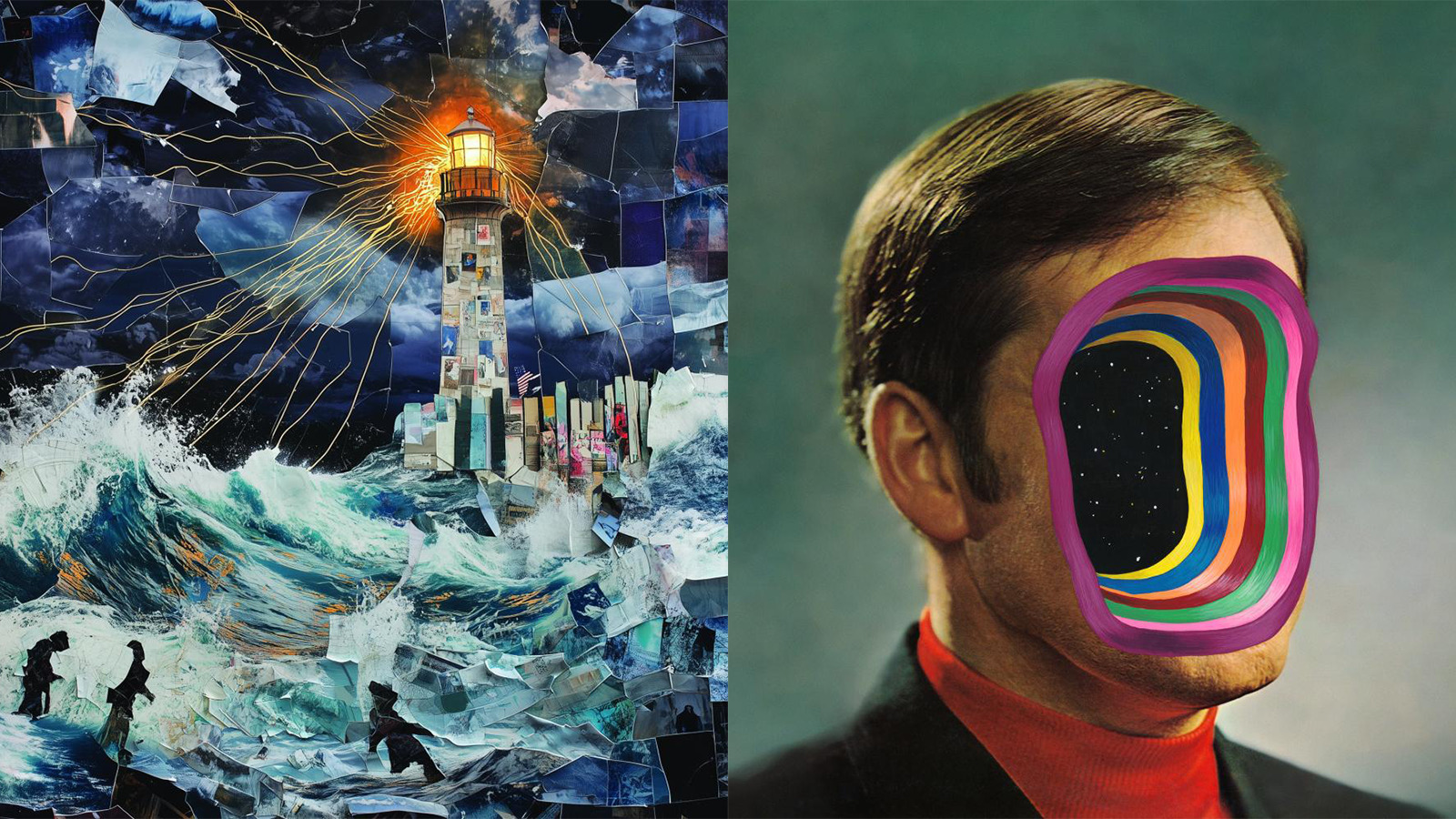 The charity record sale with a difference, Secret 7”, is back
The charity record sale with a difference, Secret 7”, is backThe initiative sees 700 vinyls in one-of-a-kind record sleeves designed by world-class artists exhibited and auctioned to raise money for charity
-
 What is RedNote? Inside the social media app drawing American users ahead of the US TikTok ban
What is RedNote? Inside the social media app drawing American users ahead of the US TikTok banDownloads of the Chinese-owned platform have spiked as US users look for an alternative to TikTok, which faces a ban on national security grounds. What is Rednote, and what are the implications of its ascent?
-
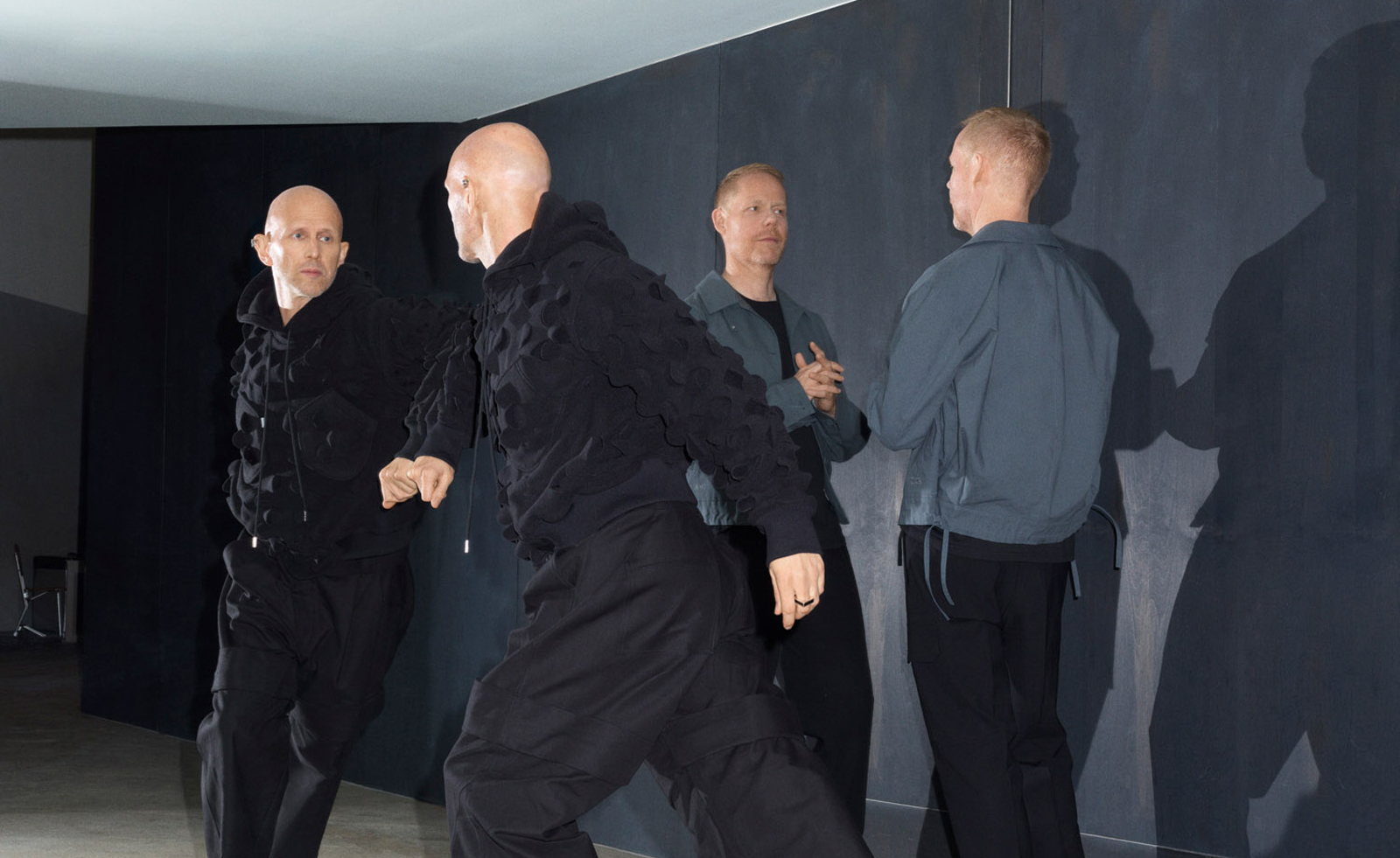 Year in review: top 10 art and culture interviews of 2024, as selected by Wallpaper’s Hannah Silver
Year in review: top 10 art and culture interviews of 2024, as selected by Wallpaper’s Hannah SilverFrom Antony Gormley to St. Vincent and Mickalene Thomas – art & culture editor Hannah Silver looks back on the creatives we've most enjoyed catching up with during 2024
-
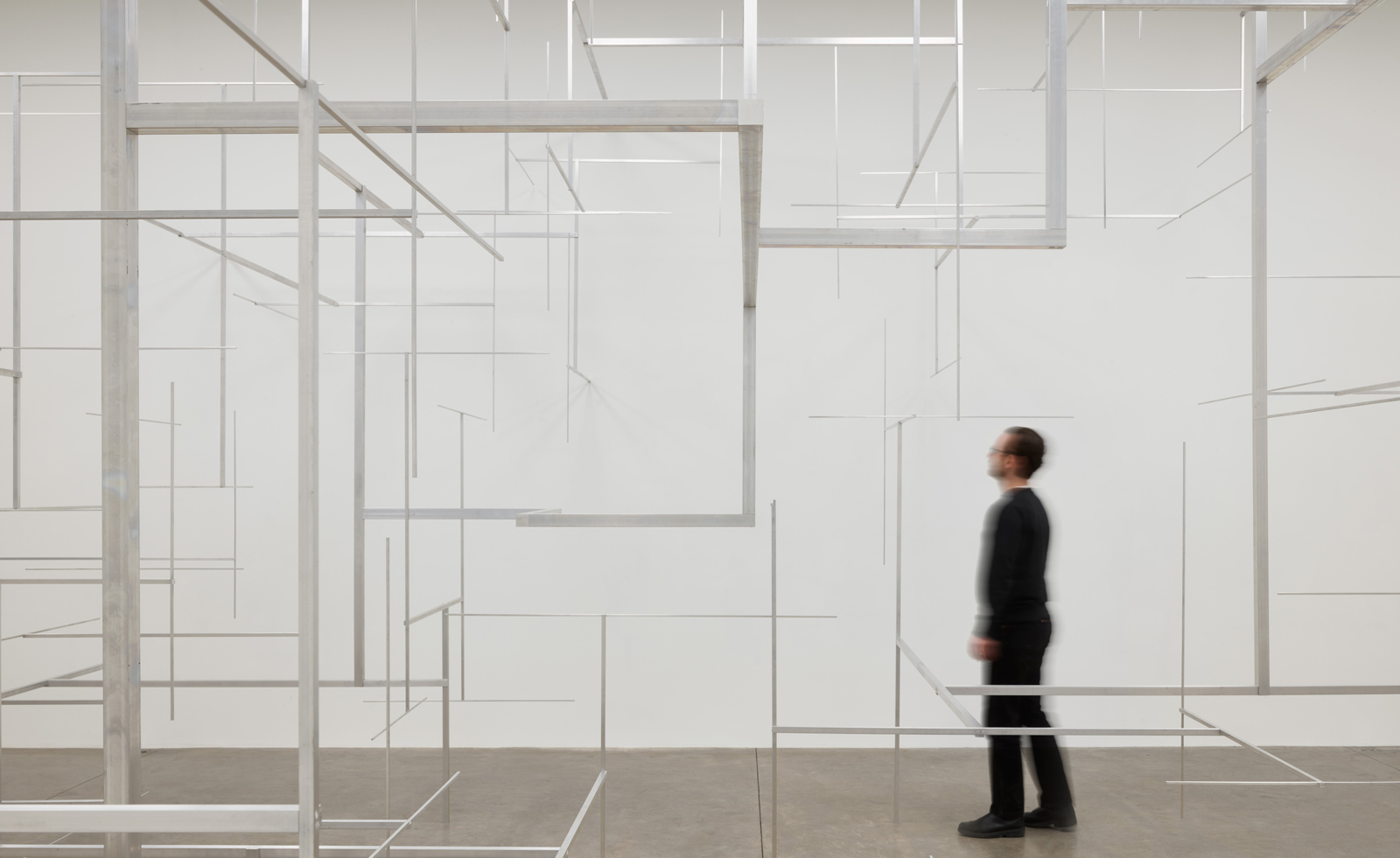 ‘I don't know what art is, but we have to make these things to understand ourselves’: Antony Gormley in New York
‘I don't know what art is, but we have to make these things to understand ourselves’: Antony Gormley in New YorkWallpaper* meets Antony Gormley as his new exhibition, ‘Aerial’ opens at White Cube New York
-
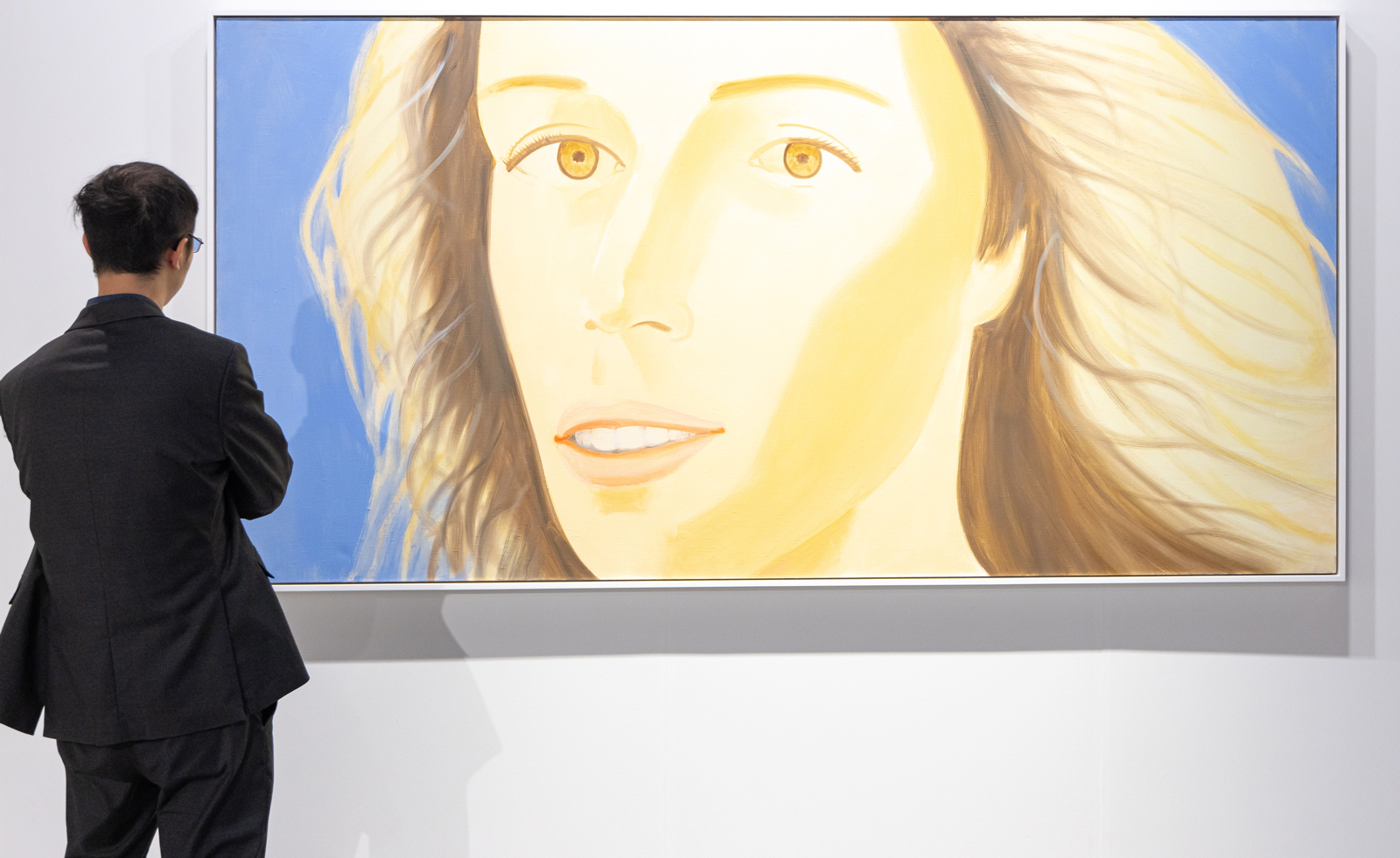 Art Basel Hong Kong 2024: what to see
Art Basel Hong Kong 2024: what to seeArt Basel Hong Kong 2024 sees the fair back bigger and better than ever. Navigate the highlights with our guide
-
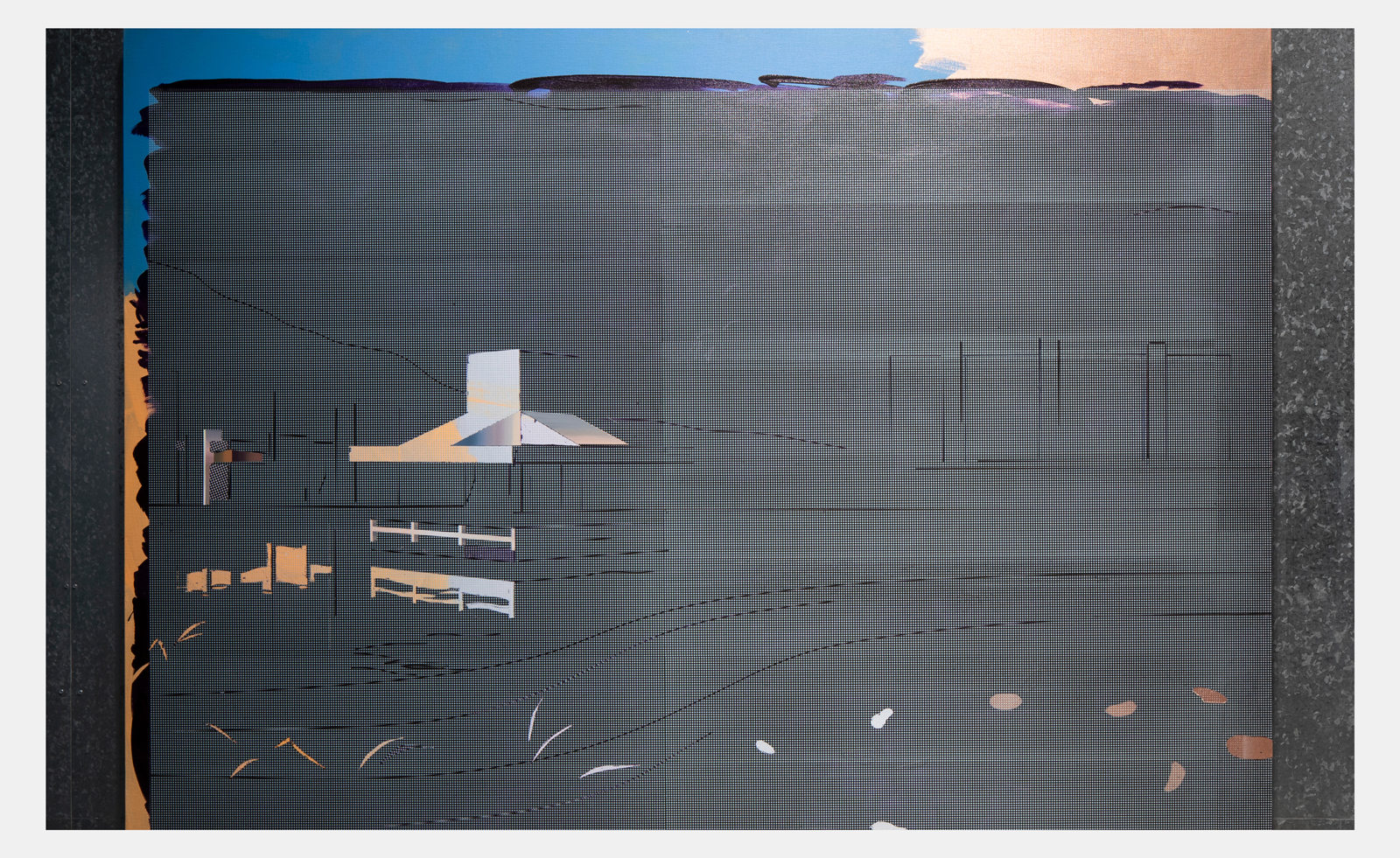 Cui Jie revisits past utopian architectures in her retro-futuristic cityscapes
Cui Jie revisits past utopian architectures in her retro-futuristic cityscapesCui Jie responds to the ‘Cosmos Cinema’ theme of the Shanghai Biennale 2023
-
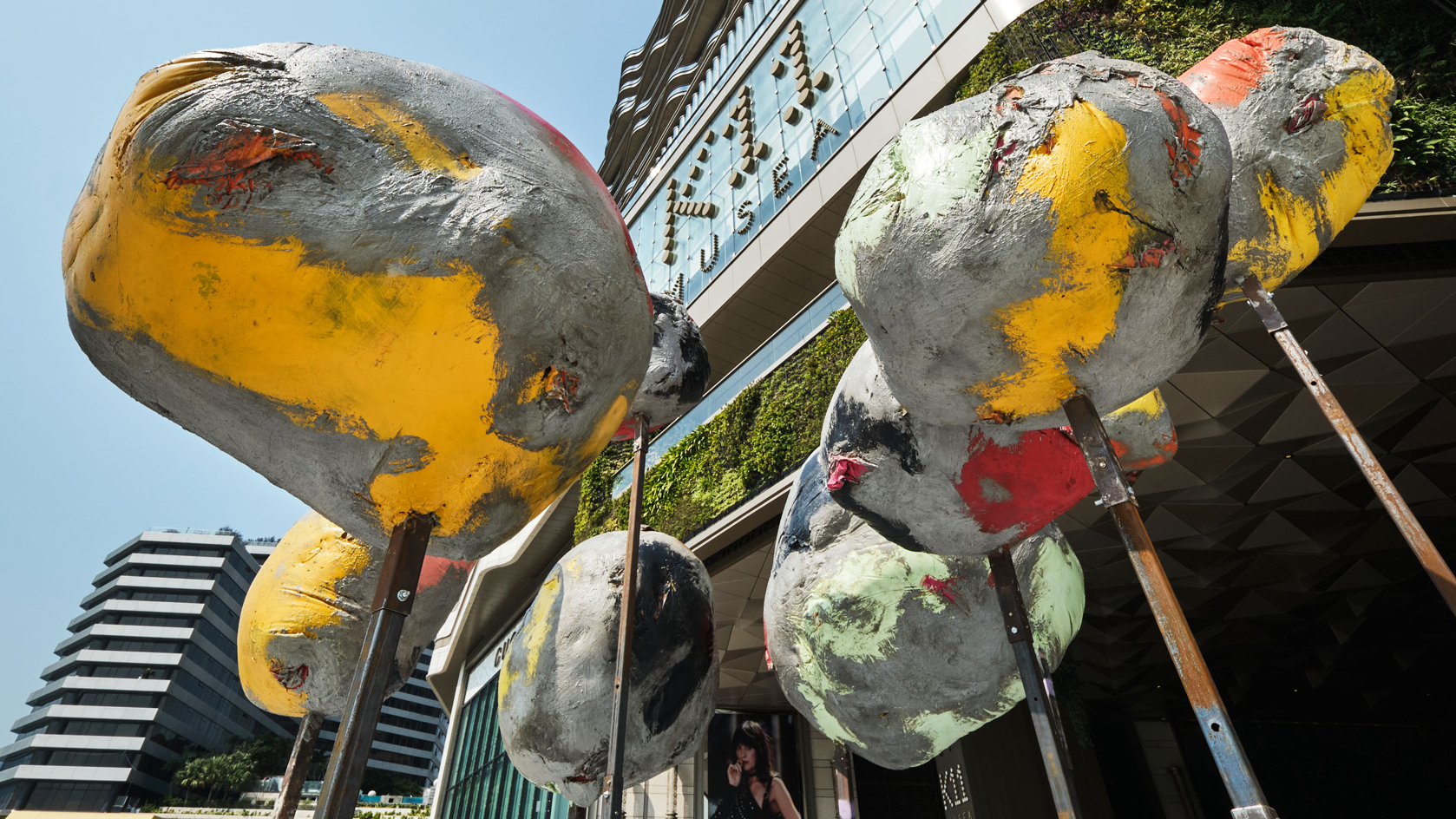 Art Basel Hong Kong 2023: can the city’s art scene bounce back?
Art Basel Hong Kong 2023: can the city’s art scene bounce back?Art Basel Hong Kong 2023 is about to kick off following years of restrictions. Catherine Shaw explores what we can expect in and around this year’s fair (23-25 March 2023), and whether Hong Kong can bounce back to reclaim the title of ‘Asia’s art hub’